Did you know Prince Philip is related to royals in Greece, Denmark and Russia? The husband of Queen Elizabeth and grandfather of Princes William and Harry comes from a long line of monarchs
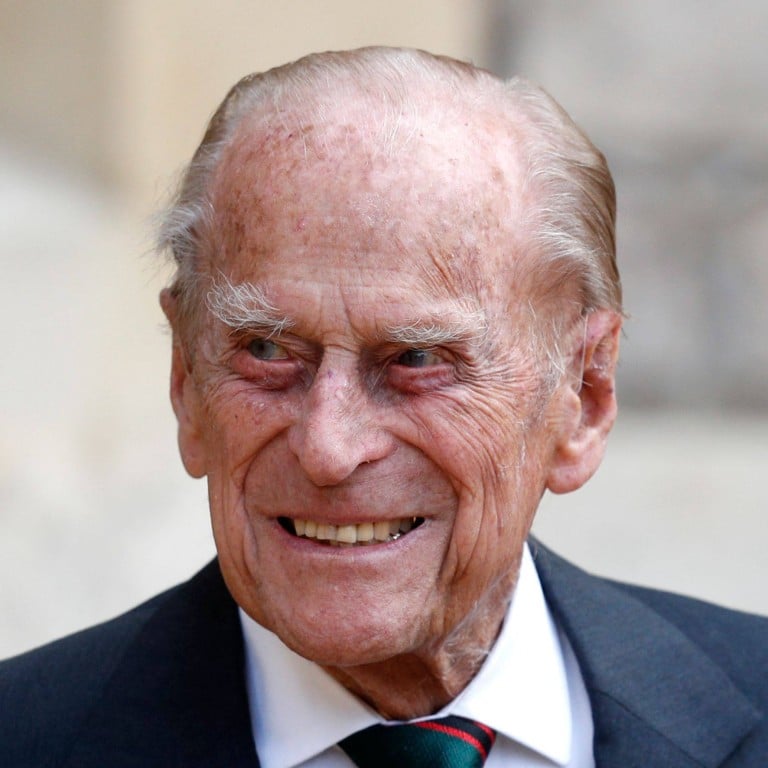
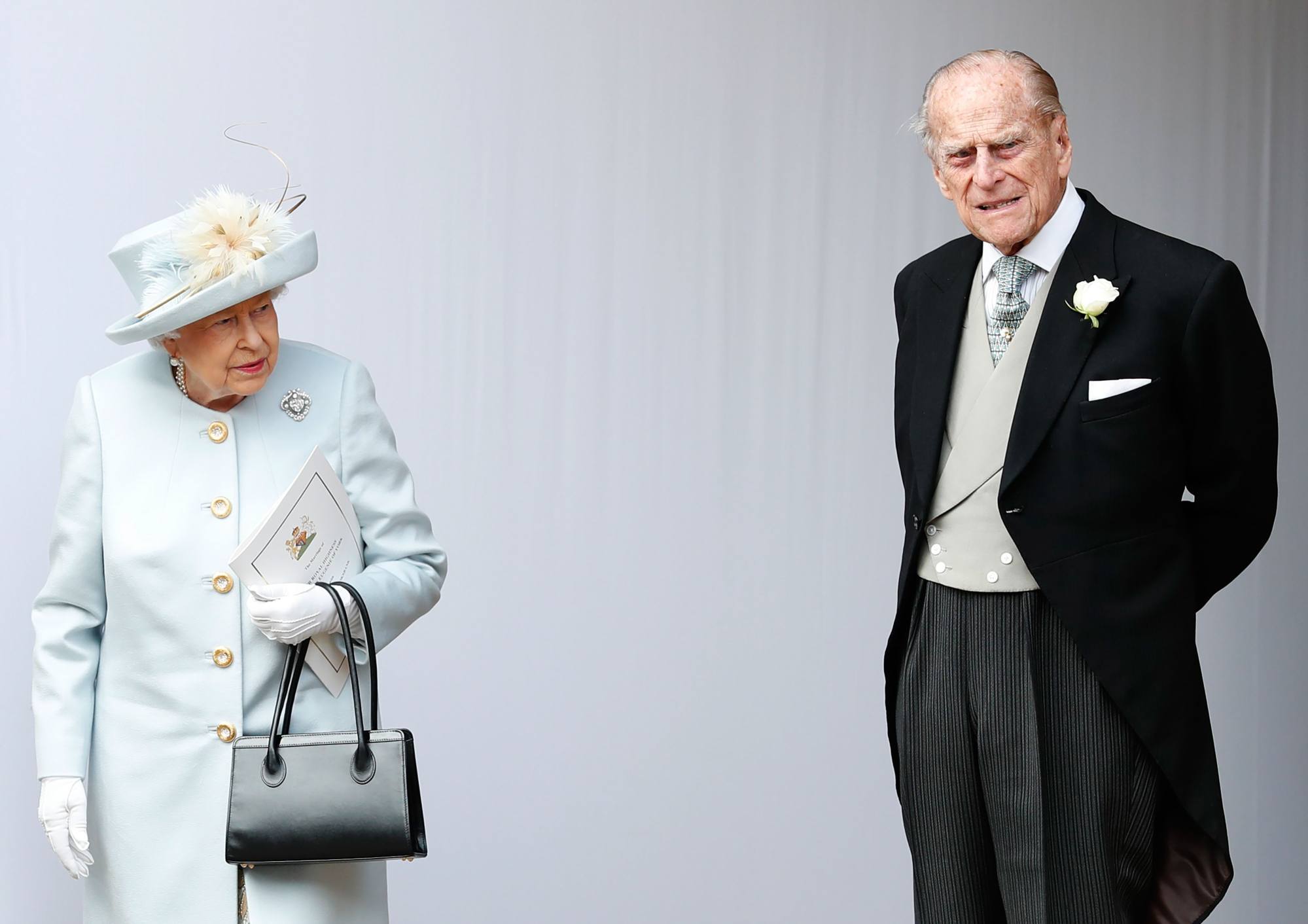
The Greek monarchy is actually a relatively new royal house. It was created by the London Conference of 1832 that was aimed at establishing a stable government for the country.
The first Greek crown was offered to Prince Leopold of Saxe-Coburg and Gotha, which is the family name of the British royals through Prince Albert, Queen Victoria’s husband. Because of anti-German sentiment during the first world war, it was changed by Britain’s King George V to Windsor in 1917. Leopold was not interested in being the first king of Greece but was later elected King of the Belgians.
The title of first Greek king was then offered to – and accepted by – Prince Otto of Bavaria of the House of Wittelsbach. He reigned for 30 years before being deposed, and in 1862 there was another search for a king. Most of the Greeks wanted Prince Alfred – the second son of Queen Victoria and Albert – to be king, but he declined. The job was eventually taken by Prince Vilhelm of Denmark of the House of Glucksburg, the second son of the Danish monarch. In 1863, he became His Majesty George I, King of the Hellenes – which is another word for Greeks and other countries surrounding the Mediterranean.
Prince Philip’s father, Prince Andrew of Greece and Denmark, was the seventh child of King George I of Greece and his wife Grand Duchess Olga Constantinovna of Russia’s Romanov family.
Prince Andrew married Princess Alice of Battenberg, a name later anglicised to Mountbatten. Prince Andrew and Princess Alice met in London at the coronation of King Edward VII in 1902. King Edward was Andrew’s uncle through Edward’s wife Alexandra of Denmark, and King Edward was also Alice’s grand-uncle – her mother, Princess Victoria of Hesse, was Edward’s niece.
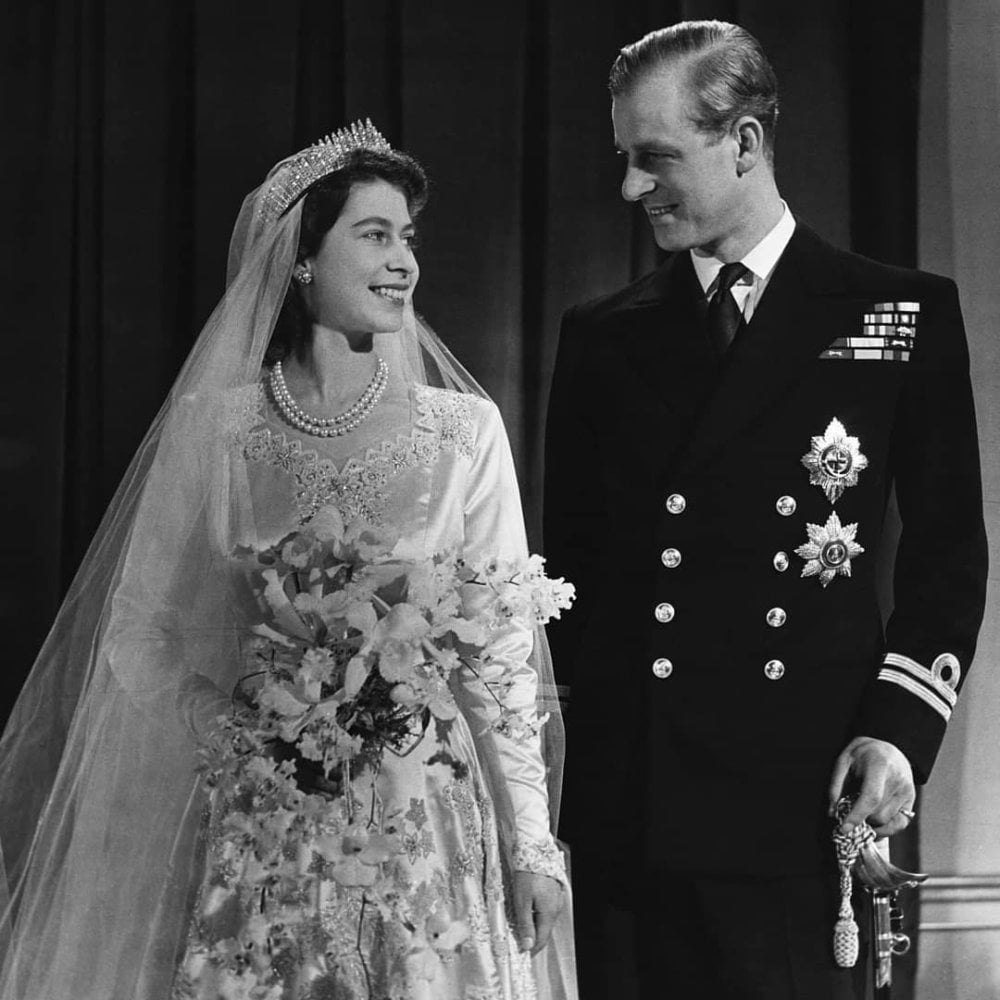
The Duke of Edinburgh was therefore born a prince. However, the Greek royal family was deposed in 1924 when Philip was still an infant and went on to live in exile in Europe.
The young prince was educated in France and Germany. He then went to live at Kensington Palace in London with his maternal grandmother Victoria Mountbatten and uncle George Mountbatten. He attended Cheam School, then Gordonstoun in Scotland, before joining the Royal Navy in 1939 at the age of 18.
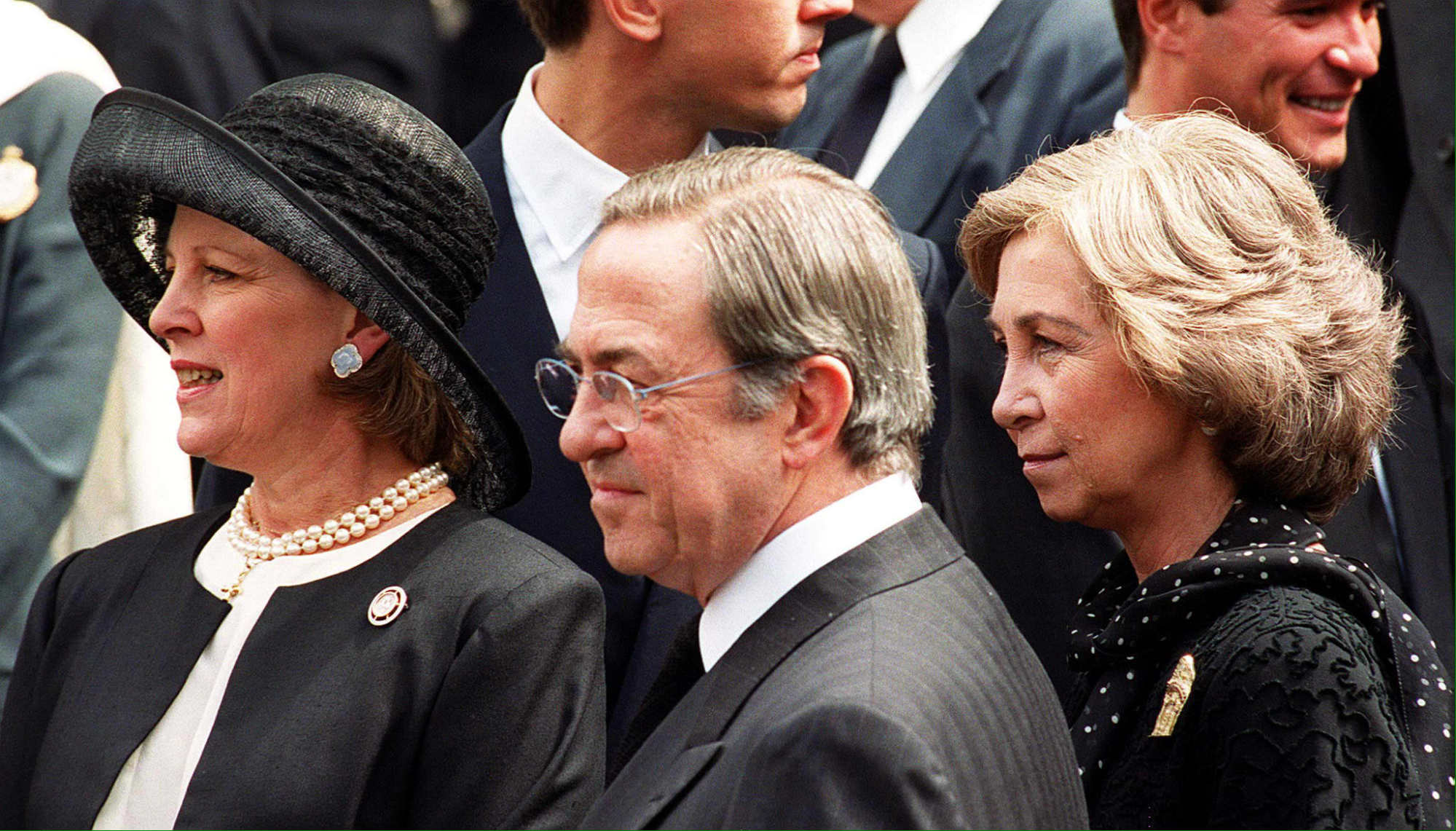
The Greek royal family returned from exile in 1935 after a vote showed 98 per cent of the country wanted to reinstate the monarchy. Prince Philip’s first cousin, George II, became king. But in 1941 during the second world war, the royals were forced again into exile after the Germans invaded. The family returned to the throne again in 1946, but George died a year later and his brother Paul became king until his death in 1964. Paul’s son, Constantine II, then became king until the royals were overthrown in 1973.
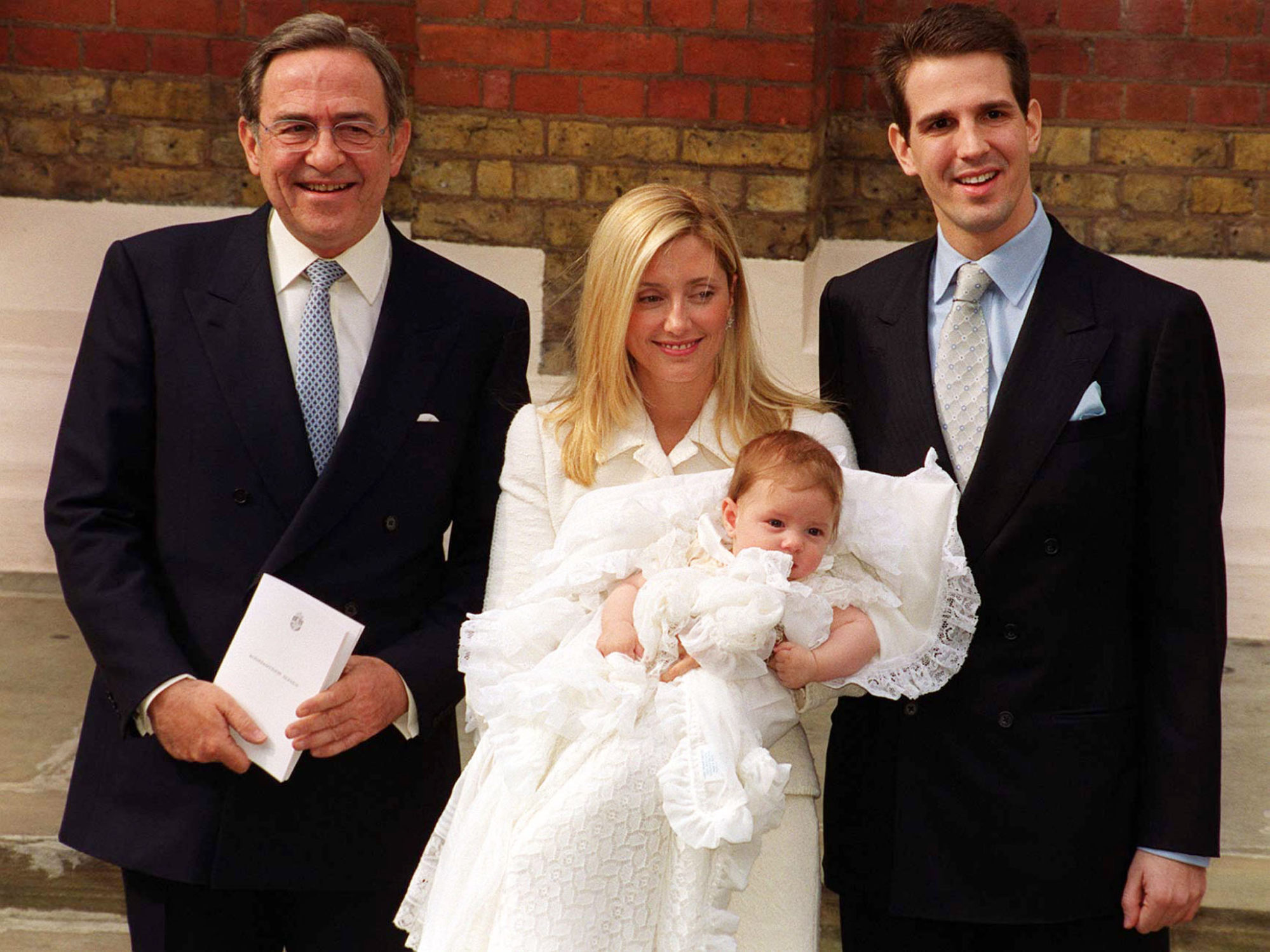
Want more stories like this? Sign up here. Follow STYLE on Facebook, Instagram, YouTube and Twitter.

- His father, Prince Andrew of Greece and Denmark, was related to Russia’s Romanov family through his mother
- The British royals are of the house Saxe-Coburg-Gotha, renamed the house of Windsor by King George V after World War I